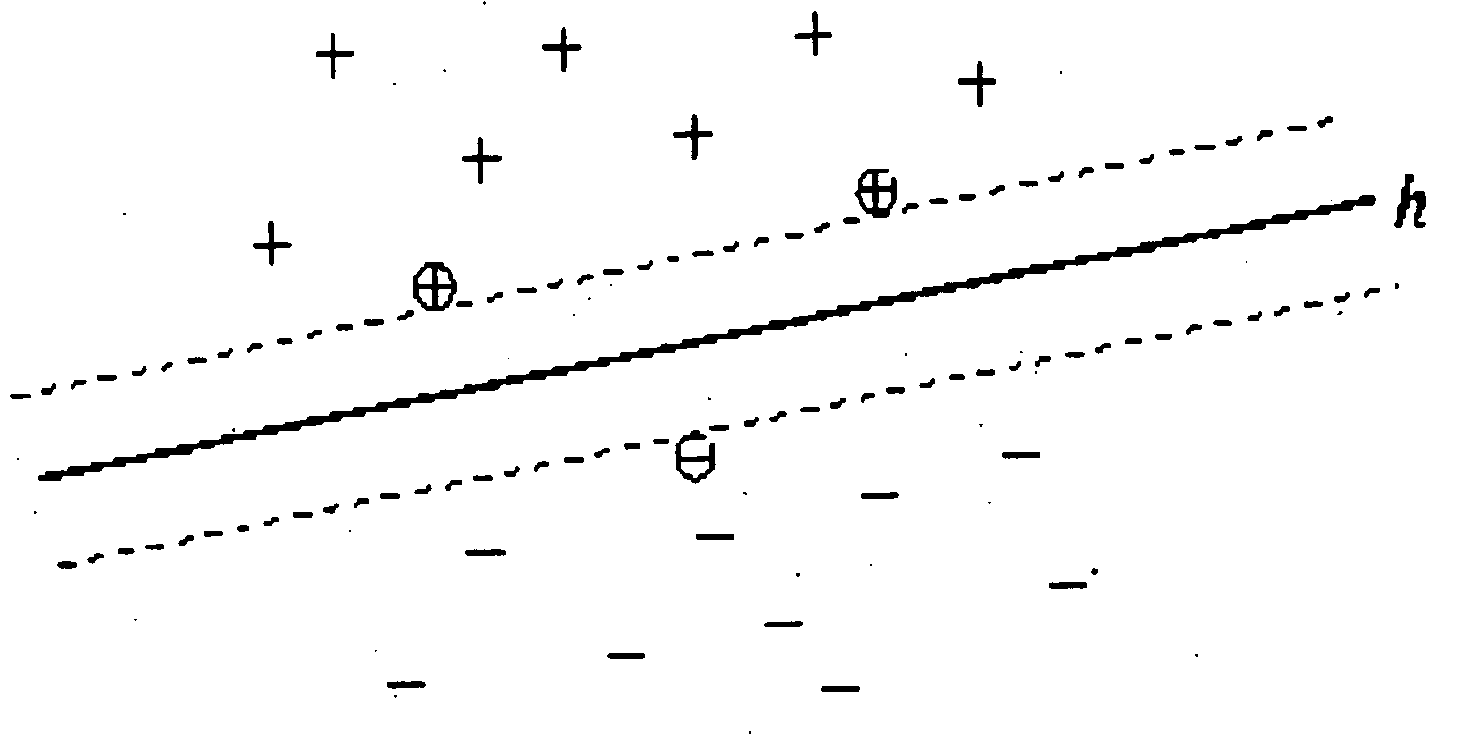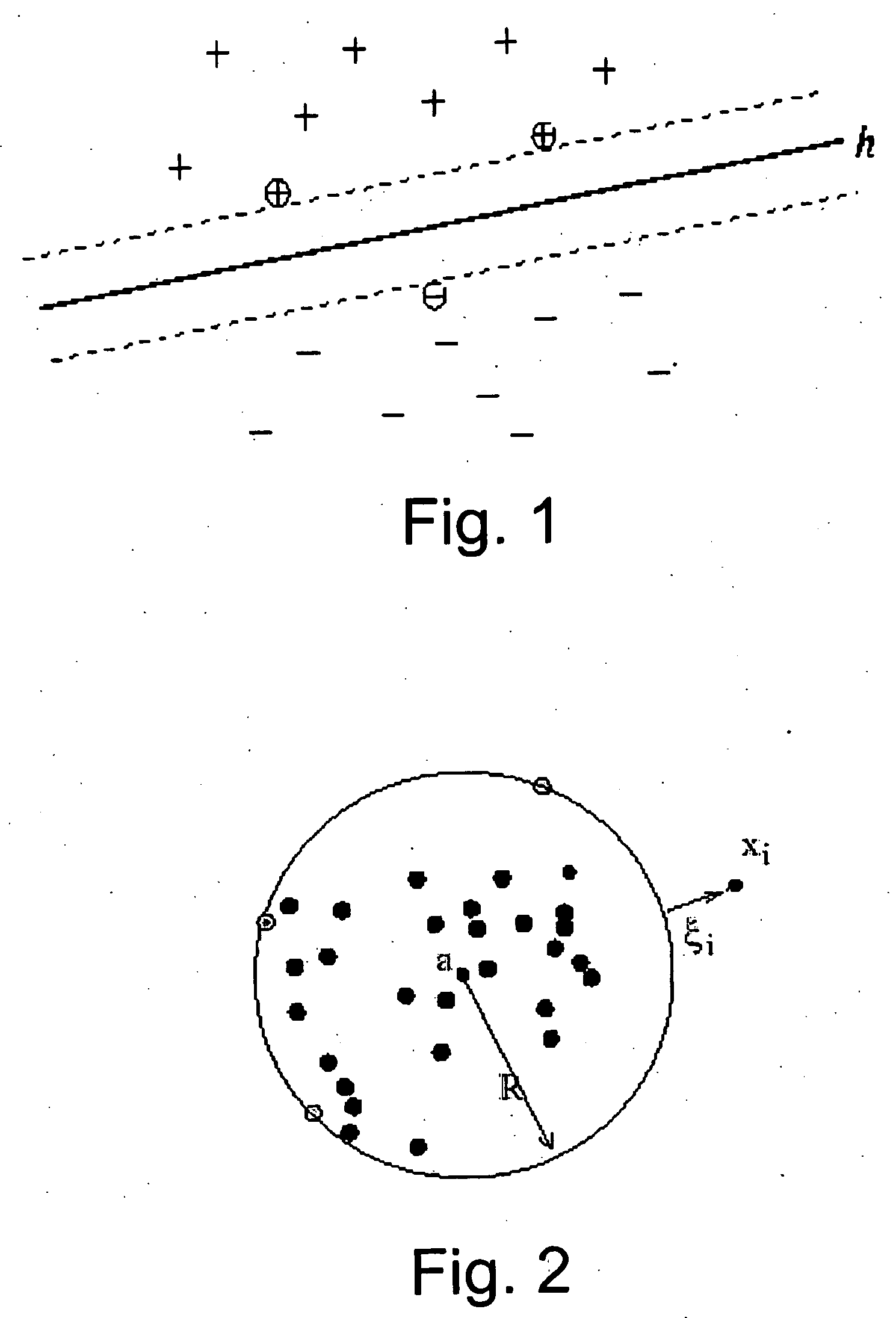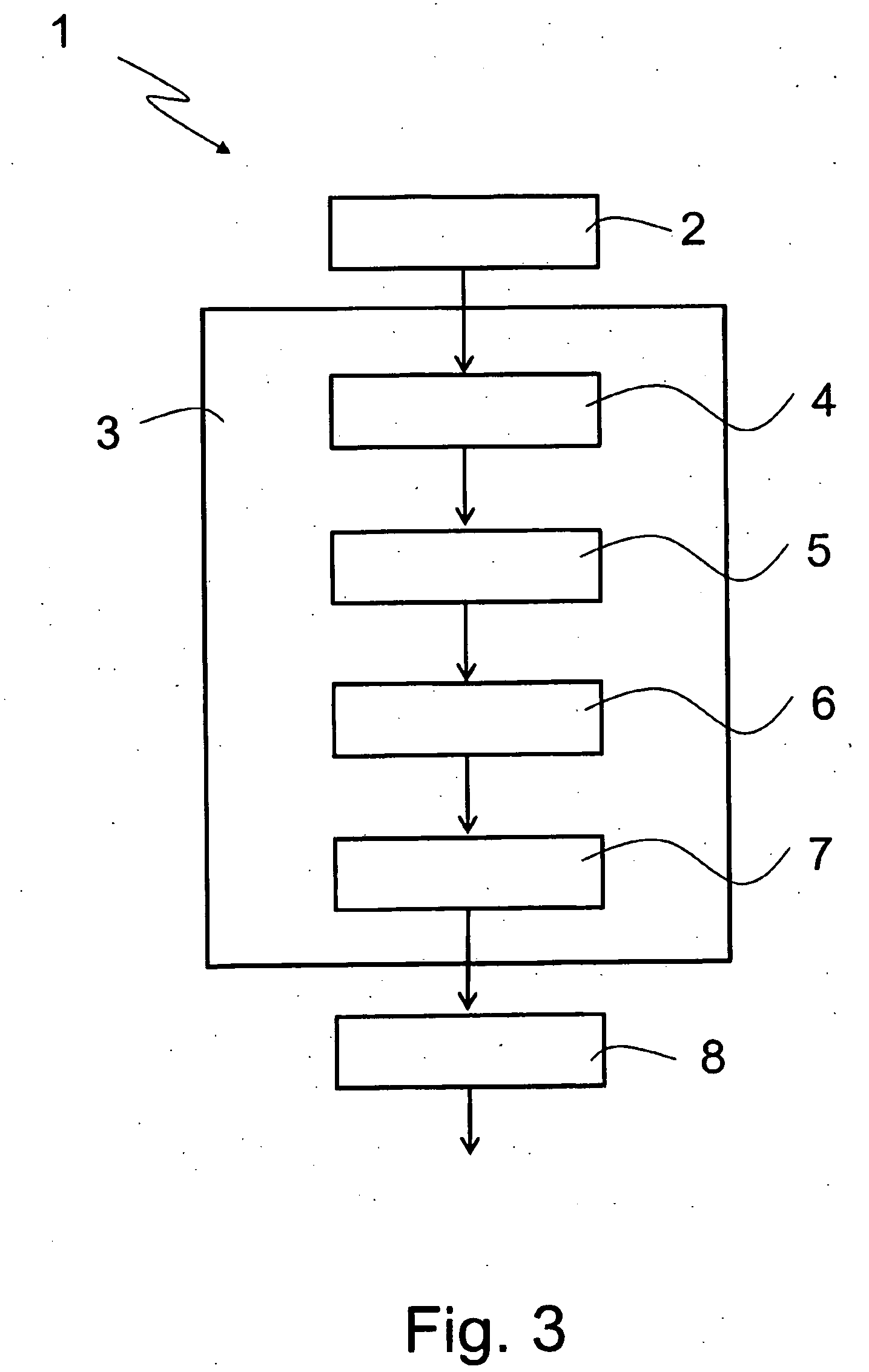Automatic biometric identification based on face recognition and support vector machines
a biometric identification and face recognition technology, applied in the field of automatic biometric identification based on face recognition and support vector machines, can solve the problems of large amount of time and computational resources, large number of negative examples, and difficulty in identifying objects, and achieve the effect of fast and significantly less resource consumption and high recognition level
- Summary
- Abstract
- Description
- Claims
- Application Information
AI Technical Summary
Benefits of technology
Problems solved by technology
Method used
Image
Examples
Embodiment Construction
[0028]The following discussion is presented to enable a person skilled in the art to make and use the invention. Various modifications to the embodiments will be readily apparent to those skilled in the art, and the generic principles herein may be applied to other embodiments and applications without departing from the scope of the present invention. Thus, the present invention is not intended to be limited to the embodiments shown, but is to be accorded the widest scope consistent with the principles and features disclosed herein and defined in the attached claims.
[0029]In order to facilitate understanding of the present invention, introduced hereinafter is some mathematical notation relating to SVMs.
[0030]SVMs were firstly developed by V. Vapnik in The Nature of Statistical Learning Theory, Springer-Verlag, New York, 1998, based on a principle known as Structural Risk Minimization from statistical learning theory. They can be applied to regression, classification, and density est...
PUM
 Login to View More
Login to View More Abstract
Description
Claims
Application Information
 Login to View More
Login to View More - R&D
- Intellectual Property
- Life Sciences
- Materials
- Tech Scout
- Unparalleled Data Quality
- Higher Quality Content
- 60% Fewer Hallucinations
Browse by: Latest US Patents, China's latest patents, Technical Efficacy Thesaurus, Application Domain, Technology Topic, Popular Technical Reports.
© 2025 PatSnap. All rights reserved.Legal|Privacy policy|Modern Slavery Act Transparency Statement|Sitemap|About US| Contact US: help@patsnap.com



